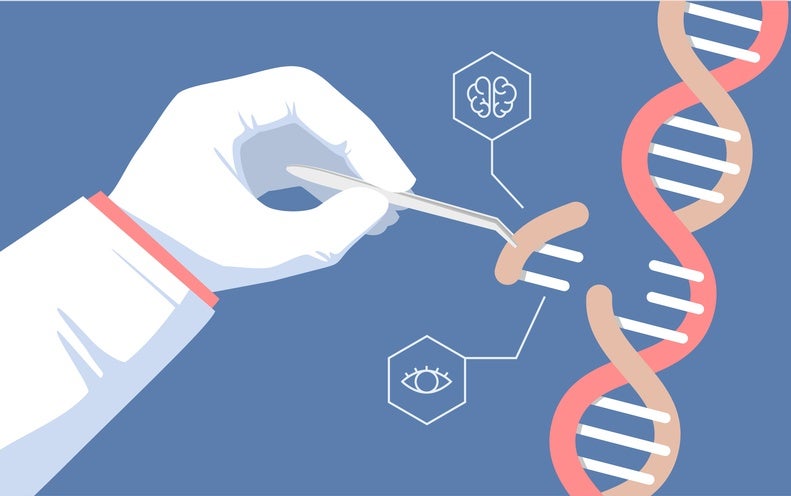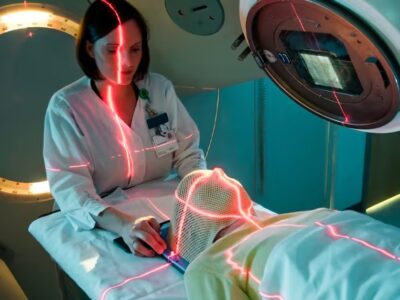
Whether you are a working scientist/researcher, a student, an investor with an eye on technology and medicine, or just a curious person who wants to keep up on medical developments, it’s important to become familiar with CRISPR gene editing.
What Is CRISPR Gene Editing?
CRISPR stands for Clustered Regularly Interspaced Short Palindromic Repeats. For context, unicellular bacteria have been using CRISPR for 3 billion years to safeguard themselves against attacking viruses. Columbia University notes that CRISPR works like an ultraprecise scalpel as well as a way to amplify and silence genes at will.
In 2012, Jennifer Doudna and Sam Sternberg published the findings of their CRISPR experiments in Science, after securing a patent for this new method for genetic engineering.
CRISPR revolutionizes gene editing because you can do work inside of living cells. You inject CRISPR RNA that’s been prepared with a genetic sequence that you want to target inside a cell’s nucleus. Injecting the CRISPR DNA with an enzyme allows scientists to cut a specific section of DNA and paste in a new one, in the exact location where it’s needed and nowhere else.
For example, Columbia notes that scientists are using CRISPR to study how different mutations in a mouse lead to different kinds of epilepsy. The idea is to discover various mice with these mutations and then test a range of new drugs on each creature to speed up the process of learning which conditions are most treatable by each medication.
Ethical Implications of Editing Genes With CRISPR
As researchers gain more insight into and control over fundamental aspects of life by manipulating genetic sequences, society will have to weigh the pros and cons of wielding such power. We have never had the ability to alter traits in our species to this degree.
One issue concerns whether changes scientists make with CRISPR gene editing will be just for the individual, such as to prevent him or her from developing a disabling disease, or if this new capability will be passed on to future generations.
Furthermore, will such changes be stable, or might there be unpredictable changes to any improvements we make to a human’s genetic code? Concern over unforeseen consequences would loom heavily over researchers, lawmakers, and the general public as we learn more about what we can do with CRISPR.
How Are Scientists Improving CRISPR’s Gene Editing Tools?
Today, scientists are working to make CRISPR more useful and precise. Alex Chavez, M.D., has received 10 patents to date that include CRISPR technology. His latest application to the patent office this spring covers a way to “rapidly generate hundreds of cell lines, each with targeted mutations.” He is trying to learn how to improve the use of CRISPR to turn specific genes off and on as needed.
Other research from Chavez and colleagues uses a new system they call INTEGRATE, a CRISPR-like tool that can place genetic code in a specific location without needing to make a hole in the DNA that they are targeting. So in a leap beyond standard CRISPR, scientists can use this approach to directly copy and paste a genetic sequence exactly where they want it, no longer having to cut strands apart with an enzyme, reported Columbia.
Editing People as Easily as Editing Documents
While scientists continue to improve gene editing techniques and learn new uses for this powerful tool, the public, lawmakers, and other thought leaders will need to pay attention to its proposed usage.
As is the case with any emerging technology, the more you know how it works, the more you can see its potential as an instrument of good as well as how it might be used, even inadvertently, to cause harm.
Perhaps there will come a day where it will be nearly as trivial to “edit” humans as we currently edit documents on computers.











